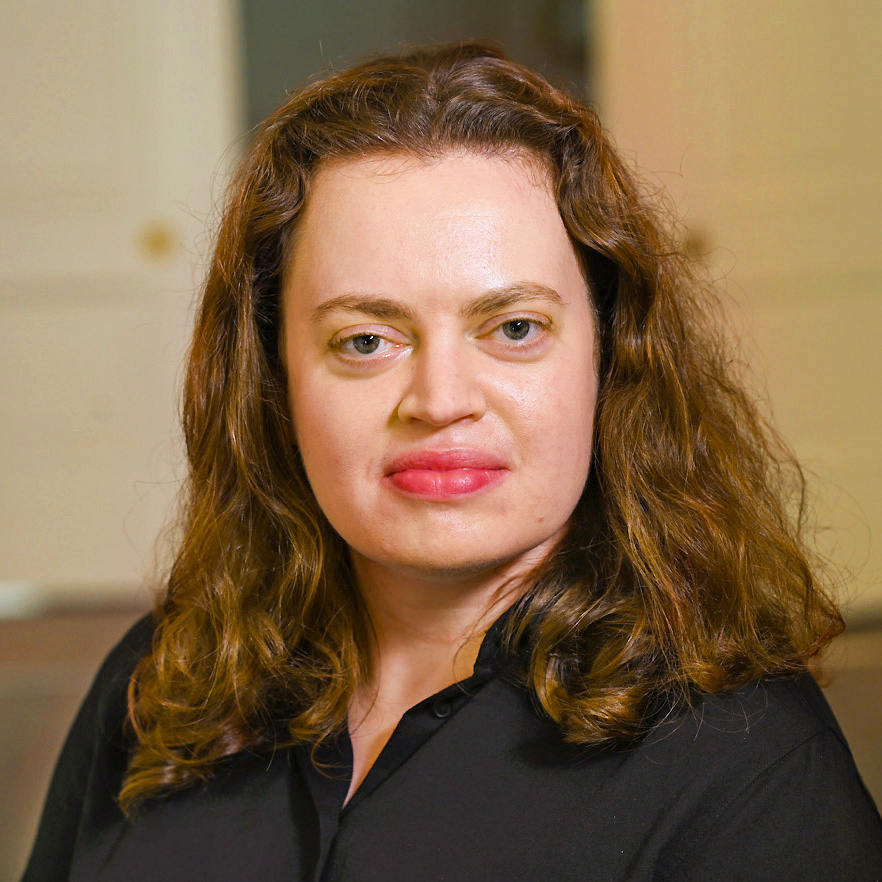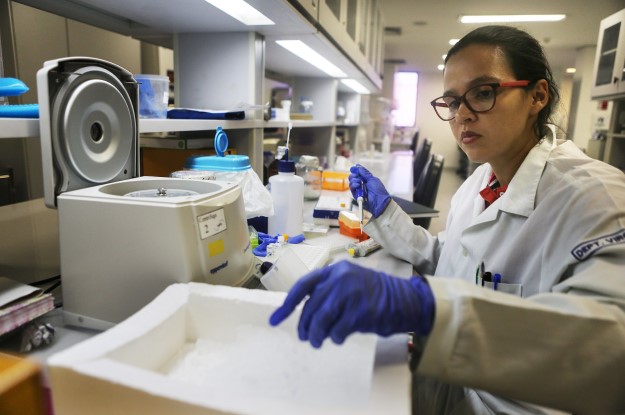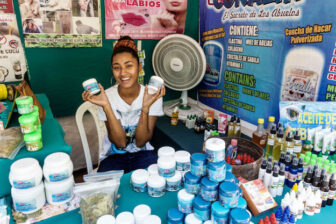This article is adapted from AQ’s special report on closing the gender gap.
Over the last 20 years, more Latin American women have joined certain scientific fields, especially biology and mathematics. However, according to UNESCO, the number of female computer science graduates declined across the region from 2000 to 2015. Since 2001, psychologist and coordinator of UNESCO’s Women, Science and Technology in Latin America Program, Gloria Bonder, has been working with teachers and institutions to understand — and fight — that trend.
AQ: What is the focus of your research?
Gloria Bonder: I wanted to find out why there are so few women in STEM. Then the question became: Who are the women who choose those careers? They tend to come from progressive families, but face frequent discrimination and harassment in male-dominated environments.
Now I think that much more work is needed on the prejudices that cause men to repress their sensitivity. Just like women, men also have to free themselves from the patriarchy.
AQ: What changes have you noticed in Latin America over the past 20 years?
GB: Women have entered more tech fields, with the exception of engineering and computer science. Some things are difficult to change, such as opportunities for women to access decision-making spaces. Female engineers are hired as managers or in human resources instead of tech positions. It is a trend not to take advantage of what they know.

AQ: What can be done to address prejudices against women in STEM?
GB: As a researcher and a professor, my path forward is to do more research and develop educational programs that help raise awareness and bring about change. I developed a computer program for science teachers called Alice in the Land of Science and Technology. It showed that science and technology can be areas for discovery, invention and creativity. A project named Gender Sensitive STEAM (Science, Technology, Engineering, Art and Mathematics) Education works with high school science teachers, asking them to reflect on their own stereotypes and unconscious biases.
AQ: How did you first become involved with women in STEM?
GB: My mother was a mathematician, and I was surrounded by people from these fields. I’m interested in analyzing the obstacles to full equality for women and how we can overcome them.
__
Sweigart is an editor at AQ









